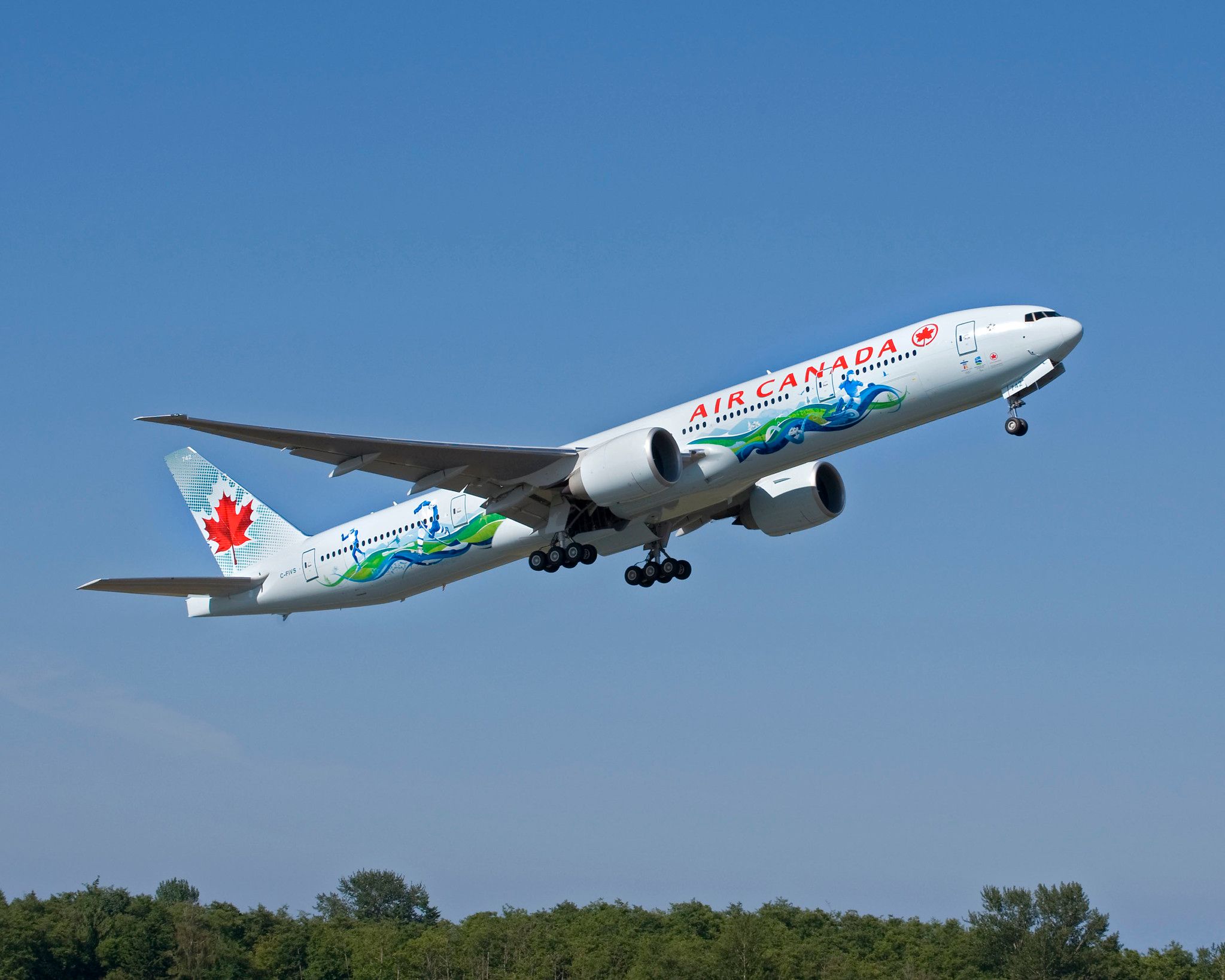As it stands, the largest commercially operational variants of the Boeing 777 family are the 777-300 and the 777-300ER. These planes were, before it launched the 777X, the largest passenger twinjet aircraft that Boeing offered to airlines. Let's take a closer look at the two variants to pick out what the differences are.
The 777 series offers several widebody twinjet airliners praised for their superior qualities both in terms of performance and passenger comfort. With recent upgrades, the aircraft is preferred by many airlines that want to boost their revenue and reduce costs while continuing to offer the same superb experience to their passengers. Simple Flying has also compared the 777-300ER with the 777X.
Comparing the specifications
Of course, a key angle when comparing the Boeing 777-300 with its extended range counterpart is the examination of their respective specifications. While, in general, we can conclude that the main difference comes in the distance the 777-300ER covers (as is clear from the ER abbreviation standing for 'extended range'), there are also some differences in the construction of the aircraft.
Dimension-wise, the two planes are relatively similar, but differ in terms of their wingspans. Both designs are 73.9 meters long, and 18.5 meters tall. The wingspan of the 777-300 clocks in at 60.9 meters wide, with the 777-300ER nearly four meters wider at 64.8m. However, both designs feature the same 31.6-degree sweep.
Stay informed: Sign up for our daily and weekly aviation news digests.
As you might expect, a key difference between the 777-300 and the 777-300ER is their range. The standard 777-300 has a listed range (with a 368-passenger configuration and powered by General Electric GE90 engines) of 11,165 km (6,030 NM). This is impressive in itself, but the 777-300ER can go more than 22% further. Overall, this design has a staggering range of 13,649 km (7,370 NM).
History of Boeing 777-300
Boeing's board of directors authorized the 777-300 production program on June 26th, 1995. This came just weeks after the smaller 777-200 entered service with United Airlines. The first aircraft rolled out in 1997, with its maiden flight occurring in October that year. The first aircraft was delivered to Cathay Pacific in 1998.
The Boeing 777-300ER came after the 777-300, but proved to be even more of a success story. Thanks to being equipped with powerful GE90 turbofan engines and aerodynamic refinements, the aircraft offers smooth flying and excellent operating economics that make it a fantastic aircraft for long-haul travel.
The airline industry is always full of new developments! What aviation news will you check out next?
The 777-300ER made its first flight on February 24th, 2003, with its maiden delivery seeing Air France receive the twinjet on April 29th, 2004. Since then, the 777-300ER has become the best-selling 777 variant, with its sales figures performing better than some of its competitors, such as the Airbus A330 and A340.
Where the 777-300 makes sense
The 777-300 is a great aircraft for flying a lot of passengers a shorter distance. As such, it is no surprise that the 777-300 has been used heavily in East Asia, where customers like ANA and Cathay Pacific have used it on high-demand shorter routes, such as between Hong Kong and Singapore or Tokyo and Shanghai.
ANA has been known to configure its 777-300s with an impressive 514 seats, although now it has just one of these jets in its fleet. While most 777-300ERs, which share the same dimensions as the 777-300, do not have 514 seats onboard, the reason the 777-300 can do that is because of how airlines configure the jet.
On shorter routes, putting a lie-flat seat onboard in a premium cabin is unnecessary, as it reduces the maximum capacity onboard an aircraft. Since the 777-300 is perfect for shorter routes, airlines can configure this entirely with non-lie-flat seats, like ANA did, which makes this aircraft a great choice for shorter flights.
Why the 777-300ER is better for a lot of airlines
As much as we all love the novelty of seeing widebodies on short-haul routes, this doesn't happen everywhere. While it is common in East Asia, it is less typical in Europe or North America, which are two places where the 777-300 was less of a hot seller. Instead, the 777-300ER turned out to be more popular in these regions.
The 777-300ER is designed for long-haul travel, which is what airlines want to use widebodies for. Putting a widebody on a domestic or short-haul route is not always economical, nor is it easy to fill up those aircraft.
Emirates, which has a massive Boeing 777-300ER fleet, flies these aircraft all over the place, on routes short and long. Other carriers, like British Airways or United Airlines, fly the 777-300ER almost exclusively on long-haul routes.
As it is a twinjet, the aircraft is more economical to operate than some larger quadjets, like the Airbus A380 or the Boeing 747. The 777-300ER, despite being powered by only two engines, does not necessarily sacrifice capacity. Air Canada, for example, fits as many as 450 passengers onboard some of its 777-300ERs.
How many are active today?
Let's conclude by perusing some of the data that ch-aviation.com has to offer to see how many examples of each variant are active today. Starting with the standard 777-300, we can see that the type has become rather rare, with just seven (two at Air Peace, two at Cathay Pacific, and three at Rossiya) listed as active. This represents just under 12% of the 60 examples produced altogether.
Meanwhile, as established, the 777-300ER was a far more popular design, with well over 800 having rolled off the production line. Of these, a considerable majority are still listed as being active today, totaling 651 jets across 41 operators.
Which do you prefer, the 777-300 or the 777-300ER? Have you ever flown on either aircraft type? Let us know your thoughts and experiences in the comments!

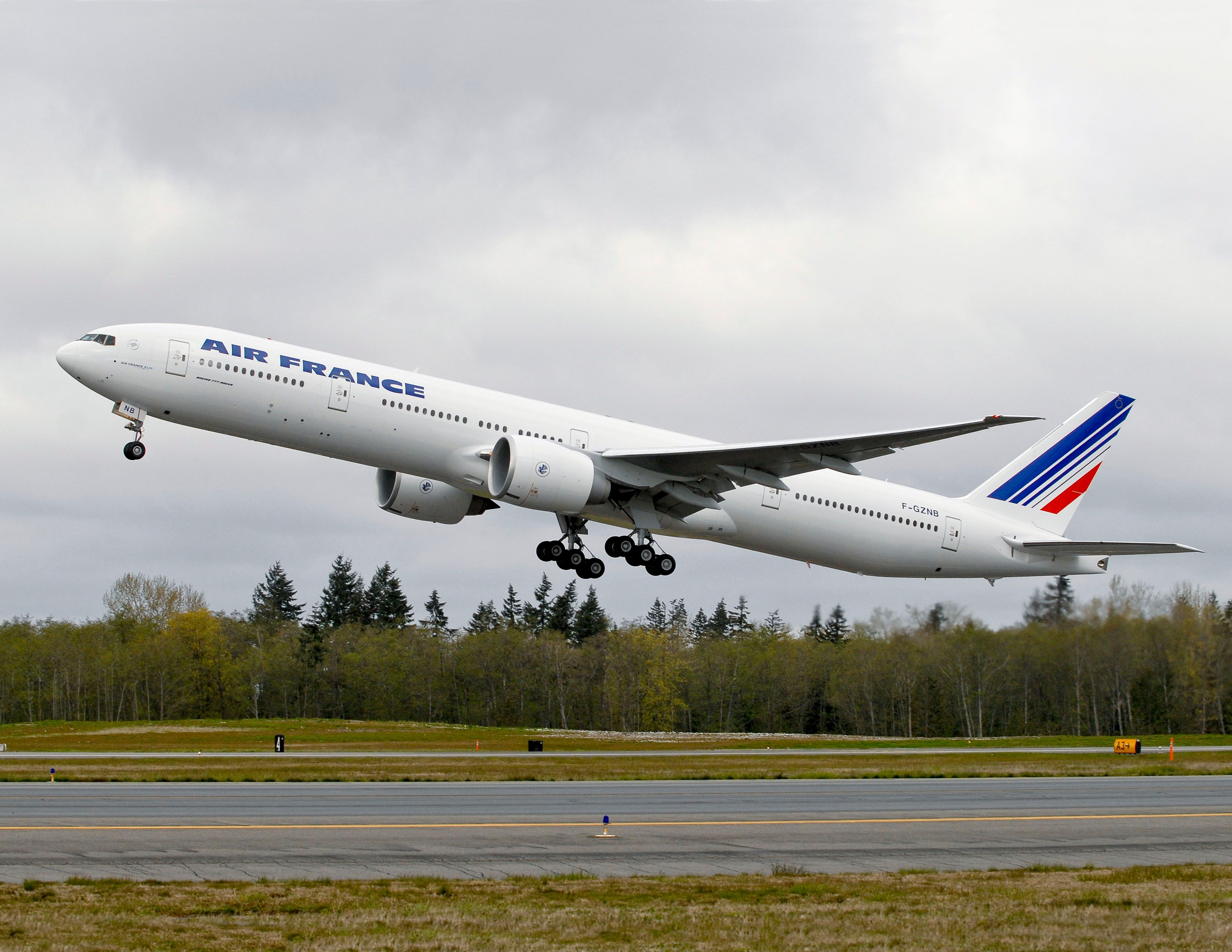

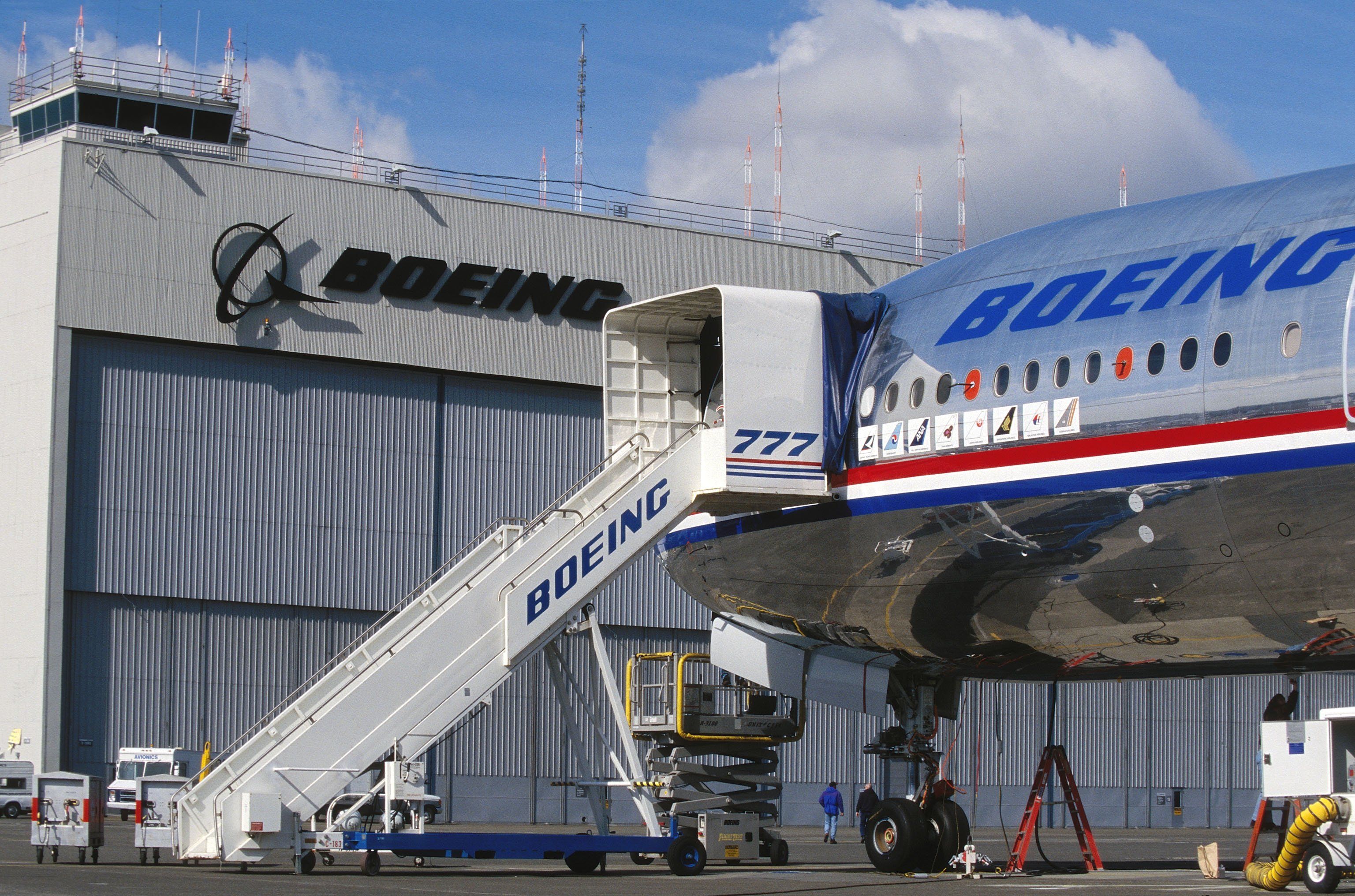
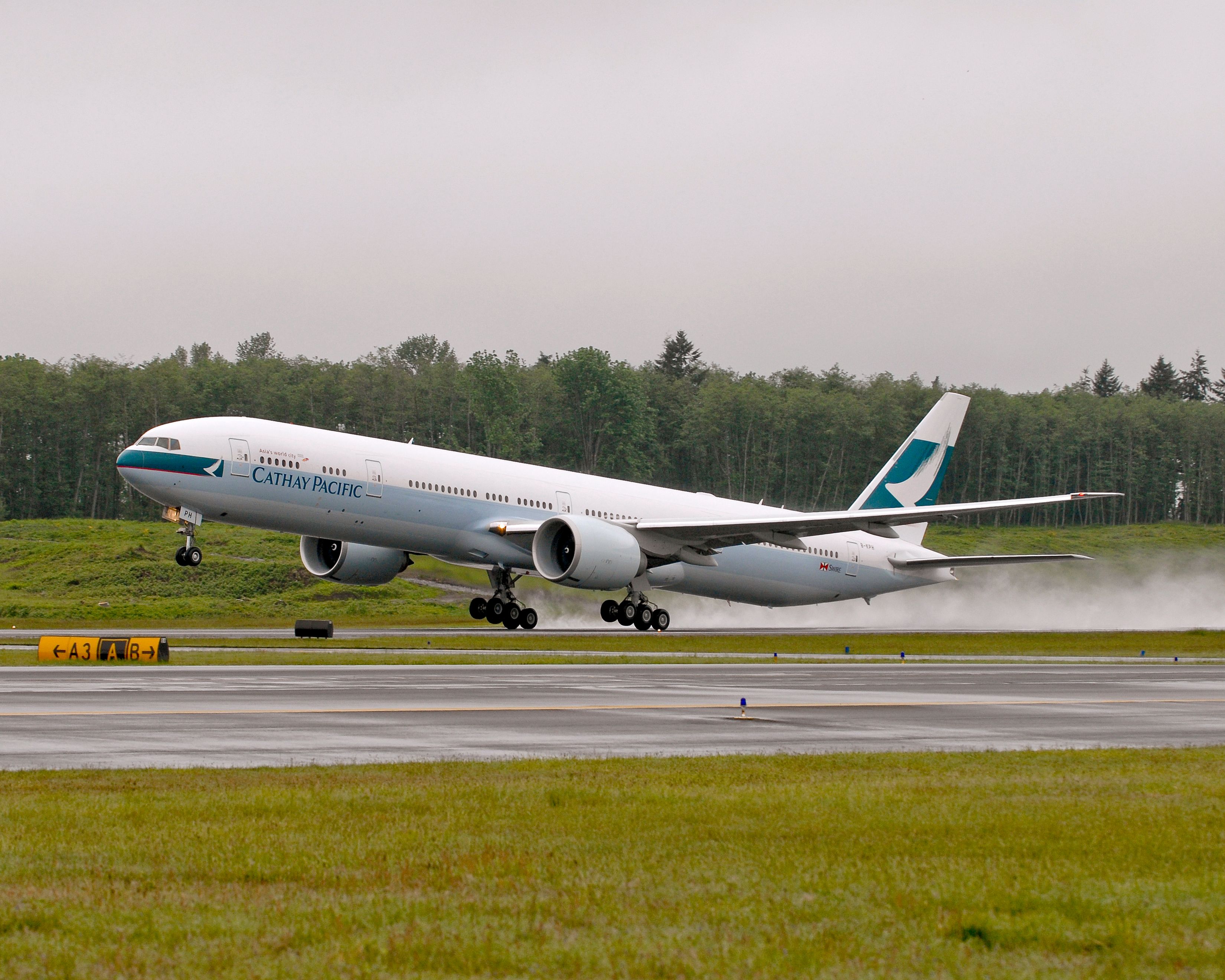
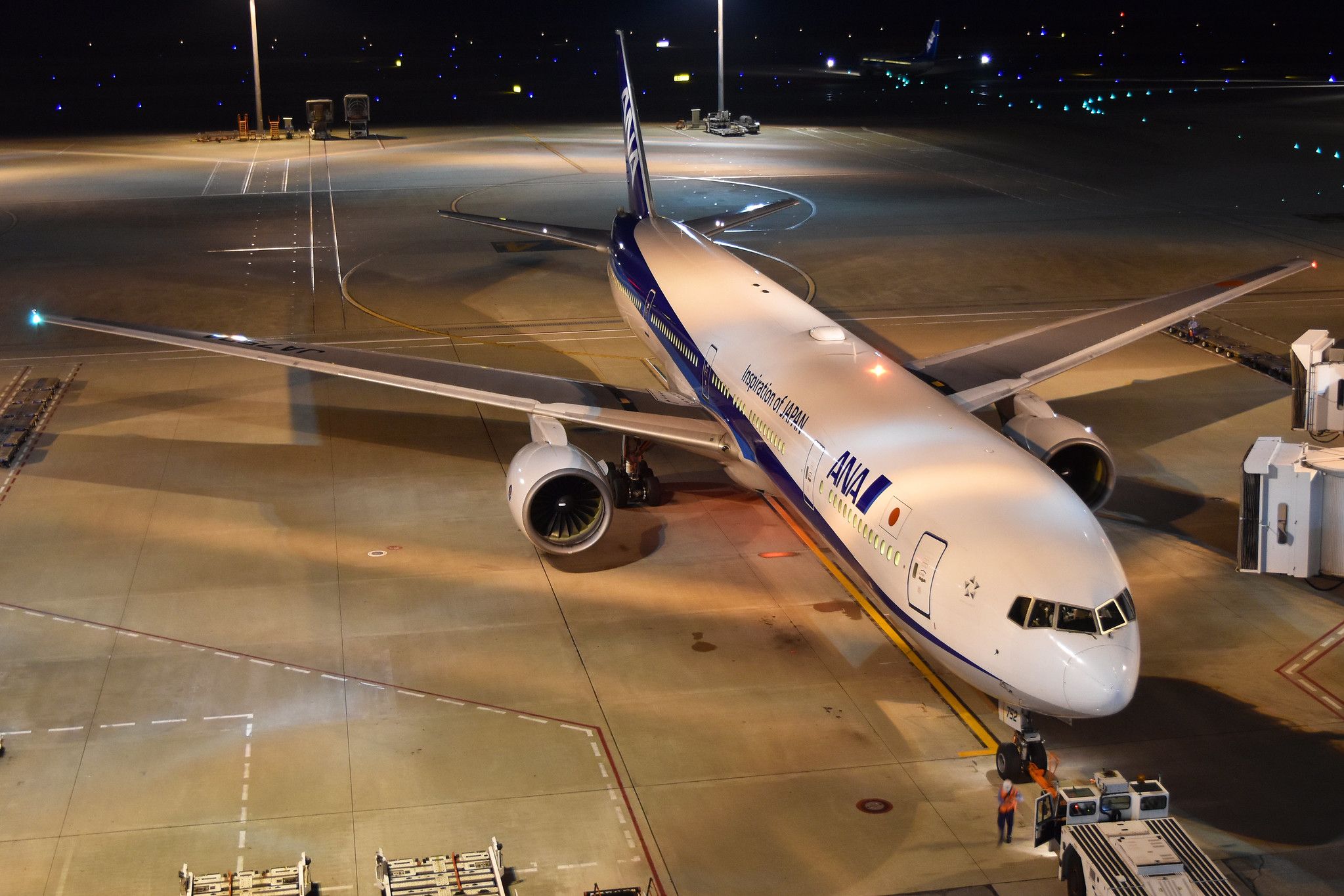
-A6-EQN.JPG)
